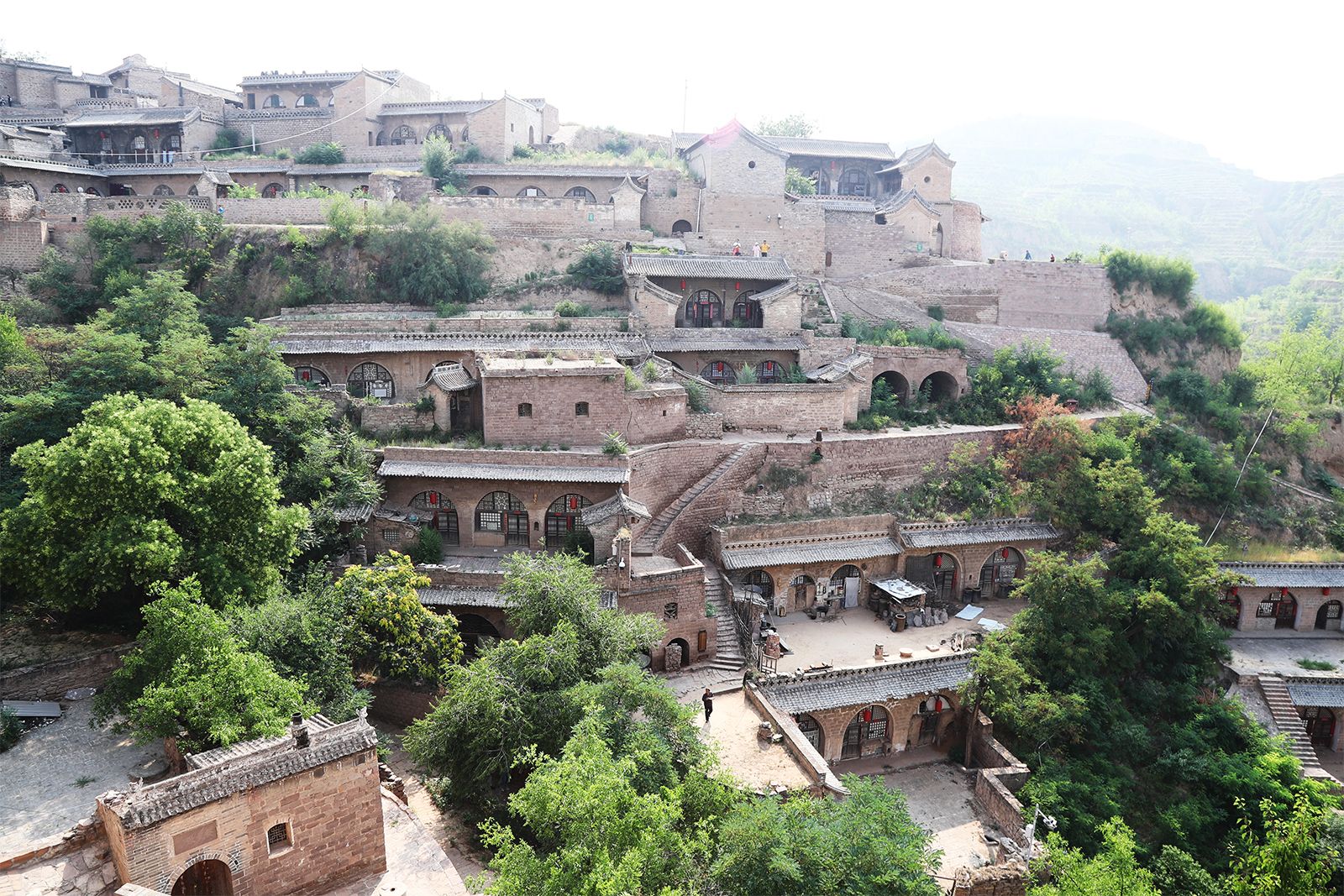
Located in Linxian County, Shanxi Province, China, this picturesque village features traditional houses built along the mountainside and arranged in an orderly fashion. It also has well-crafted and curious stone carvings that attract tourists and photographers to capture its timeless beauty.
This region is known for its arid landscape and loess formations, which are a type of fertile soil that has been shaped by wind erosion over millennia.
Lijiashan has been inhabited for centuries, and its houses and other buildings reflect the influence of traditional architecture adapted to the harsh conditions of the environment. Houses in the village are built mainly from local materials, such as adobe and stone, with flat or slightly sloping roofs to withstand sandstorms.
Here, the layout of the houses is particularly striking. The buildings are arranged in terraces along the mountainside, allowing for efficient use of space in a region with rugged terrain. This organisation also allows for stunning views of the surrounding landscape and helps protect the houses from landslides.
The elaborate stone carvings that adorn the village are another highlight. These often depict traditional figures, religious symbols or geometric patterns. They add an artistic element and further information about the local culture.
In recent times, Lijiashan has begun to attract the attention of tourists and photographers due to its picturesque aesthetics and cultural authenticity. The village offers a unique insight into life on the Loess Plateau and represents a contrast to modern cities in China. Visitors can explore the village on foot, photograph its stunning scenery and architecture, and learn about the traditions and lifestyle of its residents.
Source: https://reporteasia.com/cultura/2024/07/19/pueblo-lijiashan-refugio-pristino-meseta-loes/

